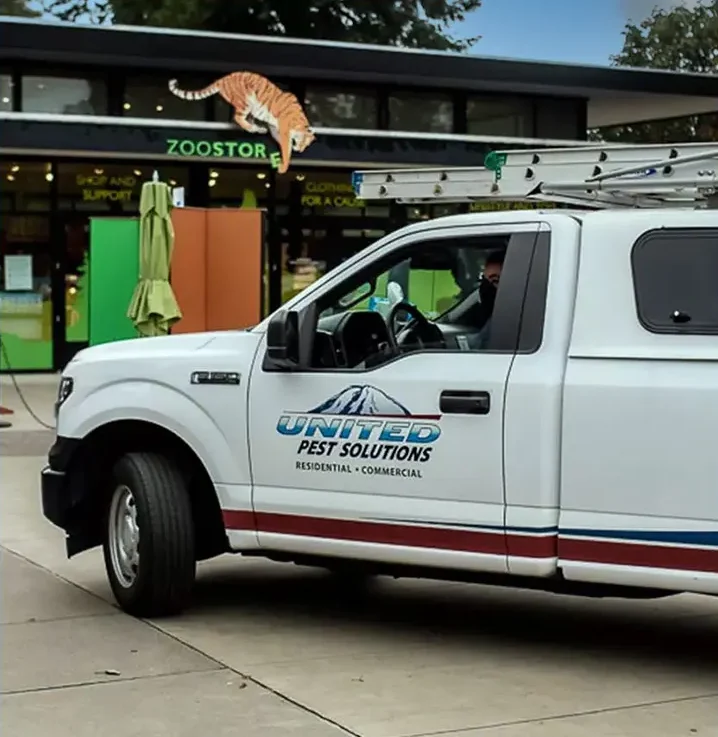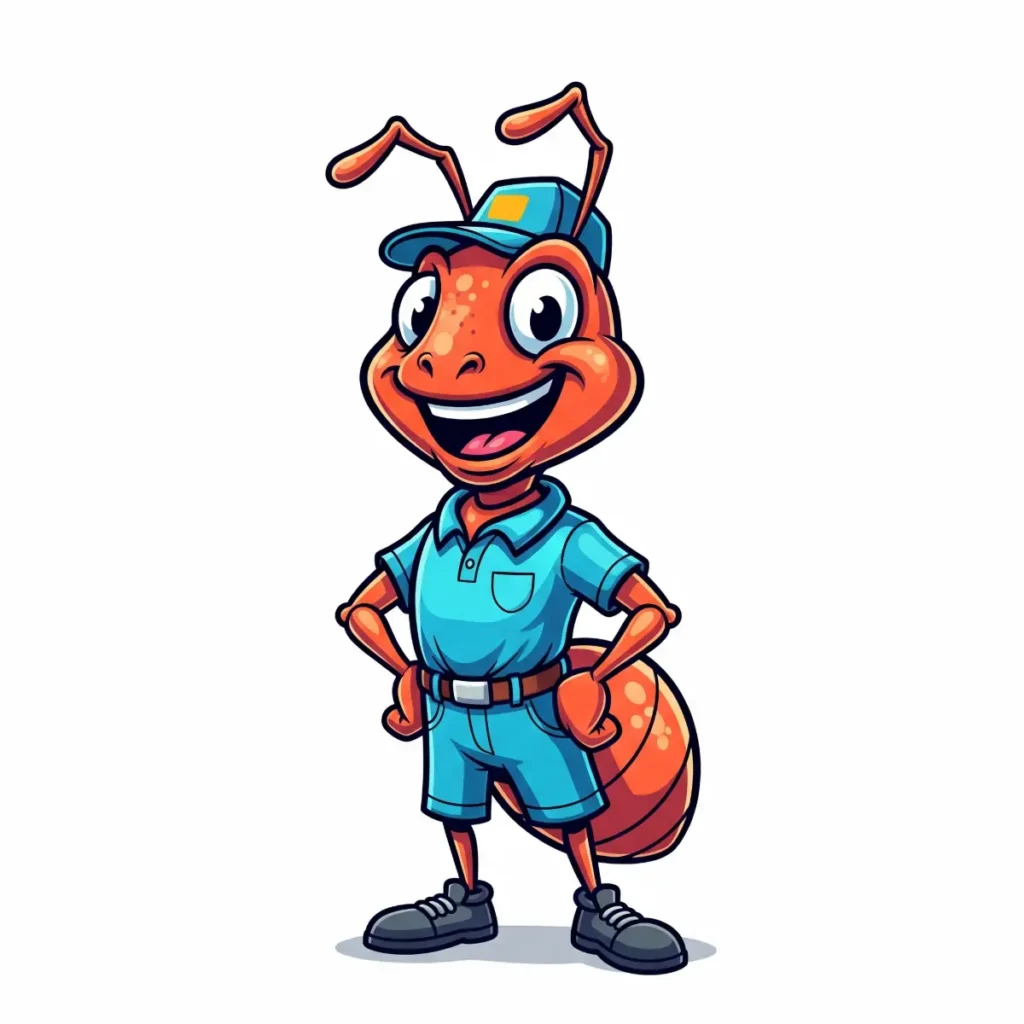Norway rats are the largest rats that we encounter in the Pacific Northwest (they can weigh over one pound, more than twice as large as roof rats). They have shorter tails, which often appear to be two-toned from the rat’s partially haired skin. The Norway rat’s color can range from grayish brown to reddish brown, and is usually darker in color than other rats.
Norway rats can reproduce all year long, but the highest rates of reproduction generally occur in the fall. The Norway rat, like the roof rat, is perfectly adapted to city life in Bellevue; they will eat just about anything that humans will eat. They are gifted scavengers and will usually make their nests in or near the ground. They are frequently found in crawl spaces under homes. Because Norway rats are primarily active at night, many are not aware of their presence inside their homes until their numbers swell and that presence becomes more obvious.
Norway Rat Habits
Rodents are problematic inside of any structure. While rodent issues will generally be more pervasive in areas where construction may be older and sanitation may not be ideal, rodents can infest any building. Recognition of a rodent problem is not necessarily a reflection on one’s tidiness or cleanliness; it is unfortunately a byproduct of living in the Pacific Northwest and requires expertise and care to manage.
Rodents are well-suited to the Puget Sound region. They have a high reproductive rate and compete well for resources with other scavengers (they have been known to attack other animals such as fish, birds, and other mammals).
Rodents can burrow long distances to obtain food and shelter from predators. Most rodents can survive a fall of up to fifty feet, making them fearless climbers and able to travel across power lines and tree branches.
Rodent Damage
Rodents can be vectors for various diseases and bacteria. Rats were historically the carriers for the Bubonic plague, and have been responsible for millions of deaths worldwide. Rats are especially problematic as carriers of disease because they so often attempt to live as close to humans as possible (our food and garbage/waste provide a major source of food and harborage for rodent populations).
Rodents can also cause more basic damage in a variety of ways. They can contaminate our attics and crawl spaces with their droppings and urine; they can chew through expandable foam, electrical wires, and even the wood inside of our homes; they can destroy our gardens and eat our food; and perhaps most damaging, they can destroy our peace of mind and sense of security when we hear them inside of our homes and places of business.



